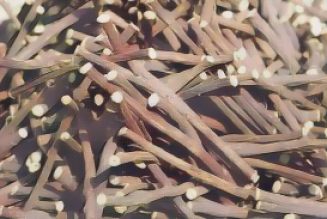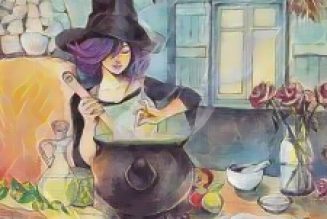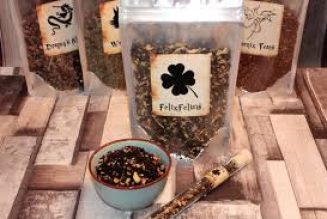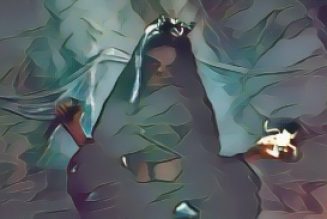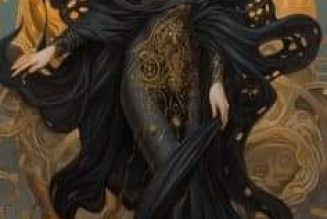Coltsfoot, or Tussilago farfara, is a perennial herb in the daisy family, Asteraceae, renowned for its early spring blooms and distinctive, hoof-shaped leaves. Native to Europe and parts of Asia, it has naturalized in North America and thrives in temperate regions. The plant’s bright yellow flowers, resembling small dandelions, appear on scaly, leafless stems—often before any foliage emerges, making it one of the first wildflowers to signal the end of winter.
Botanically, coltsfoot is unique for its growth habit. The flowers emerge first, typically in late winter or very early spring, before the leaves develop. Each flower head is composed of numerous tiny florets, surrounded by a ring of bracts that give the stem a scaly appearance. After pollination, the flowers give way to fluffy, white seed heads that are easily carried by the wind, aiding in the plant’s rapid spread.
Once the flowers fade, the broad, rounded leaves unfurl. These leaves are large, softly toothed, and shaped like a colt’s hoof—hence the name. The upper surface is deep green, while the underside is covered in a dense layer of silvery-white hairs, giving it a felted texture. Coltsfoot’s creeping rhizomes allow it to form dense mats, often crowding out other plants and stabilizing soil in disturbed areas such as riverbanks, roadsides, and meadows.
Traditionally, coltsfoot has been highly valued in herbal medicine, especially for its soothing effects on the respiratory system. The leaves and flowers have been dried and used in teas, syrups, and tinctures to treat coughs, bronchitis, asthma, and sore throats. In some folk practices, the dried leaves were even smoked to ease breathing and induce calming visions. Coltsfoot syrup, made by simmering the flowers and leaves with honey or sugar, was a common remedy for persistent coughs.
However, it’s important to note that coltsfoot contains pyrrolizidine alkaloids, which can be toxic to the liver in large or prolonged doses. Modern herbalists recommend using it with caution and for short periods, especially avoiding internal use during pregnancy or for those with liver conditions.
Magically, coltsfoot is associated with the feminine, ruled by Venus, and aligned with the element of water. It is believed to bring love, peace, and tranquility. Witches have added coltsfoot to love sachets, charms, and spells for emotional healing and gentle communication. The plant’s gentle energy is said to calm turbulent emotions and foster understanding between people.
In magical traditions, coltsfoot is often used in rituals to invoke the presence of water spirits and deities associated with love and healing. Its leaves and flowers are burned as incense to purify spaces, attract positive energies, and promote peaceful sleep. Placing dried coltsfoot above doorways is thought to protect the home and invite harmony.
Coltsfoot is also a symbol of hope and renewal, making it a powerful addition to spells aimed at new beginnings, personal growth, and the return of light after darkness. Its presence in early spring is seen as a sign of the earth’s awakening, and it is often included in rituals celebrating the return of warmth and the lengthening days.
In folklore, coltsfoot is known by many names: Ass’s Foot, British Tobacco, Bull’s Foot, Butterbur, Coughwort, Pas d’ane, Sponnc, and Foal’s Foot. Its use in herbalism stretches back centuries across Europe and beyond, and it was once so highly regarded that its image was used as the symbol for apothecaries in France.
Whether used for healing, divination, or as a sign of returning light, coltsfoot remains a cherished ally in the witch’s garden and the herbalist’s apothecary—a plant that bridges the worlds of magic, medicine, and the promise of spring.





